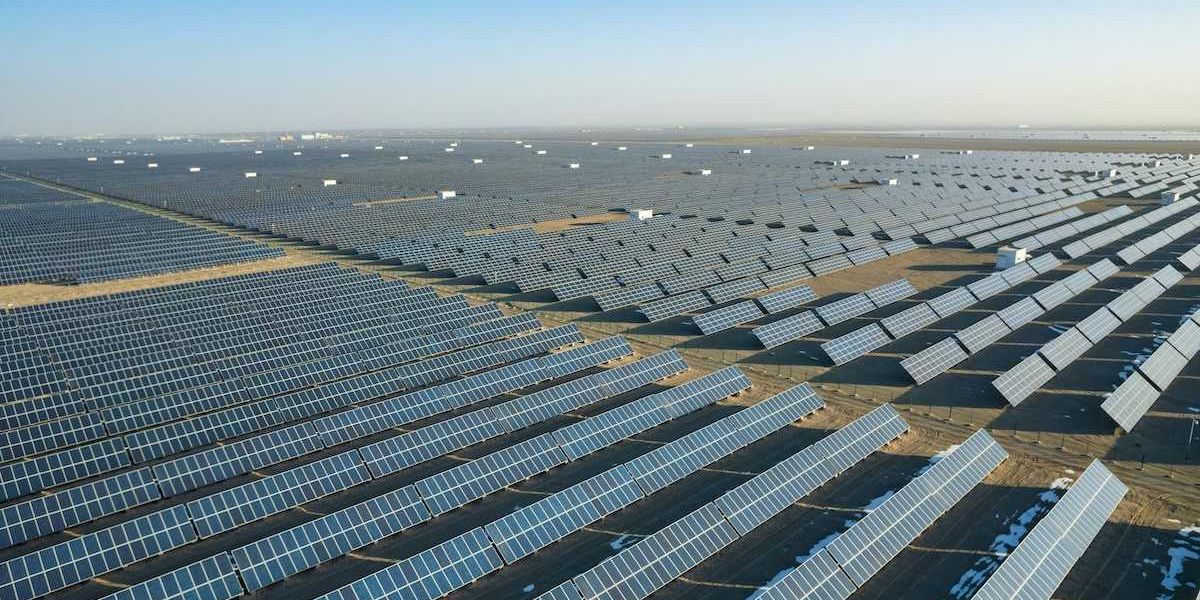habitat degradation
Mayflies warn of the unseen dangers lurking after urban wildfires
Mayflies and other tiny stream organisms are revealing alarming signs about the impact of urban wildfires on waterways, showing how toxic metals released by fires may disrupt ecosystems for years.
Lauren Magliozzi reports for The Washington Post and The Conversation.
In short:
- After wildfires sweep through urban areas, pollutants like copper, lead, and zinc are carried into nearby streams, increasing metal concentrations up to 200-fold.
- Sensitive aquatic species, like mayflies, suffer from reduced reproduction and population declines due to toxic metal exposure, altering the entire ecosystem.
- Pollutants from burned materials affect water used for irrigation and recreation, potentially leading to long-term contamination and ecological damage.
Key quote:
“Mayflies’ decline is a concerning indicator of ecosystem stress.”
— Lauren Magliozzi, researcher at University of Colorado at Boulder
Why this matters:
When wildfires blaze through cities, they leave behind more than scorched earth. Metals like copper, lead, and zinc from destroyed infrastructure get washed into rivers and streams. Mayflies, being super sensitive to changes in water quality, are taking the hit. Their populations plummet, and that ripple effect runs deep, disrupting ecosystems that rely on them. Read more: We’re dumping loads of retardant chemicals to fight wildfires. What does it mean for wildlife?
New Zealand’s treasured seabed faces threat as mining battles intensify
A new law fast-tracking mining approvals in New Zealand threatens to reignite a long-standing battle between the community and a mining company over the protection of the Taranaki seabed.
In short:
- Trans-Tasman Resources has been trying to mine iron sands off the South Taranaki coast, facing fierce opposition from locals for over a decade.
- A pro-mining government is pushing a law that could fast-track mining projects, bypassing lengthy environmental consent processes.
- The local community, including environmental groups and Māori iwi, fears the mining could devastate marine life and local livelihoods.
Key quote:
“We’re pro-business … but this [area] is far too important to wreck – [mining] is going to wreck it for a lot of years.”
— Phil Morgan, former dairy farmer and avid fisher
Why this matters:
As the government weighs economic gain against environmental protection, the battle for New Zealand’s sea-floor riches is more than just a local issue—it’s a global one, with implications for how we value and protect our planet’s natural resources in the face of growing industrial pressures. Read more: Forty years of “just around the corner.”
Seagrasses aren’t the solution to ocean plastic pollution
Recent findings debunk the optimistic view that Mediterranean seagrasses can effectively combat marine plastic pollution, revealing more harm than help.
In short:
- A 2021 study showed seagrasses trapping and removing plastic from the ocean, offering a hopeful solution.
- A new meta-analysis reveals that plastic pollution harms seagrasses, reducing their growth and disrupting ecosystems.
- Experts warn that seagrasses’ ability to trap plastic may cause more harm, as animals ingest the trapped plastic.
Key quote:
“I definitely don’t want people to move in the direction of saying, ‘We have seagrass beds and they’re trapping microplastics so that’s resolving the problem.’ That’s not resolving the problem—it’s just moving and concentrating it in a different location.”
— Alyssa Novak, coastal ecologist at Boston University
Why this matters:
Seagrass, often overlooked in the grand tapestry of marine ecosystems, plays a vital role in maintaining the health of our oceans. It serves as a nursery for fish, a filter for pollutants, and a powerful carbon sink. In the fight against microplastics, the story of seagrass is a stark reminder that the small things we often overlook can have a massive impact. Read more: Plastic pollution in the ocean.
Palm oil plantations increase flood risks and water contamination in Papua
The expansion of oil palm plantations in Indonesian Papua has led to increased flooding and water contamination, affecting Indigenous communities downstream.
In short:
- Oil palm plantations have replaced forests, causing a 21% increase in surface water runoff and nearly fivefold increase in flooding probability.
- Agrochemicals used in plantations have raised nitrogen and phosphorous levels in water, exceeding safe standards for human consumption.
- Indigenous communities face higher environmental and health risks due to lack of transparency and effective mitigation measures by plantation operators.
Key quote:
“The downstream Indigenous people who rely on the rivers and the streams in the watershed are highly vulnerable."
— Timothy Randhir, professor at the University of Massachusetts Amherst
Why this matters:
The health of downstream communities is jeopardized by contaminated water and increased flooding, indicating a pressing need for stricter regulations and better management practices to protect both the environment and public health. Read more: Balancing palm oil and protected forests to conserve orangutans.
New studies reveal genetic adaptations in California birds
Two studies reveal how genetic changes in bird populations in California respond to environmental threats, highlighting the potential for adaptation and the risks of genetic dilution.
In short:
- The southwestern willow flycatcher has developed genetic traits for heat tolerance in response to changing climate conditions, although its population is still declining.
- Savannah sparrows face the dilution of their salt-tolerant adaptations due to gene flow from inland birds, threatening their ability to survive in saltmarsh environments.
- Both studies underline the importance of natural history collections in understanding and addressing these environmental challenges.
Key quote:
“These genetic changes are imperceptible to the human eye ... [but] we were able to identify several genes that are likely involved in heat tolerance and the birds’ ability to effectively dissipate heat in humid environments.”
— Sheela Turbek, postdoctoral fellow at Colorado State University
Why this matters:
Understanding genetic adaptations to environmental changes helps inform conservation efforts, enabling scientists to safeguard species facing increasingly rapid shifts due to climate change. Read more: Climate change creates camouflage confusion in winter-adapted wildlife.
Hawaii faces an unprecedented challenge as wildfire impacts coral reefs
In the wake of the Lahaina wildfire, scientists and locals grapple with the potential toxic runoff into Maui's coral ecosystems. Audrey McAvoy reports for the Associated Press.
In short:
- The Maui wildfire presents a unique opportunity to study the effects of urban fire runoff on coral reefs, including toxics from burned materials.
- Local residents, deeply connected to the sea for food and recreation, express concerns over the safety of ocean waters and marine life.
- Initiatives are underway for water quality monitoring and environmental protection, emphasizing the need for patience and further research.
Key quote:
“I know a lot of people keep asking, ‘Is the water safe? Can we go out? Is it safe to fish and eat the fish?' We just want to reinforce the message that we know it’s frustrating, but if people can be patient. We’ve never encountered anything like this.”
— Russell Sparks, Maui aquatic biologist at the state Department of Land and Natural Resources
Why this matters:
The Lahaina wildfire and its toxic aftermath presents another scenario of the far-reaching threats that climate change imposes on communities, ecosystems, and public health policies. Chemical fallout, contaminated runoff and ecosystem threats can come from any number of sources.
Louisiana's coastal wetlands face critical threat from rising sea levels
A recent study highlights the perilous state of Louisiana's coastal wetlands, with a majority facing "drowning" due to unprecedented sea level rise, posing significant risks to the region's natural defenses and ecosystem.
Brady Dennis and Chris Mooney report for The Washington Post.
In short:
- Scientists have found that 87% of Louisiana's coastal wetlands are unable to keep pace with rapidly rising sea levels, significantly impacting their survival.
- The state has already lost more than 2,000 square miles of wetland since 1932, exacerbating vulnerability to hurricanes and storm surges.
- Efforts to restore coastal wetlands through extensive and costly projects are underway, but the natural progression of sea level rise presents a daunting challenge.
Key quote:
“The Earth is mostly ocean, and it’s becoming more ocean. That’s the bottom line.”
— Adam Langley, wetlands researcher and biology professor at Villanova University
Why this matters:
Louisiana's wetlands are crucial for protecting against storms, filtering pollutants, and supporting wildlife. Future sea level rise is notoriously difficult to predict, with myriad interconnected variables at play.









